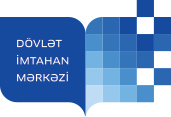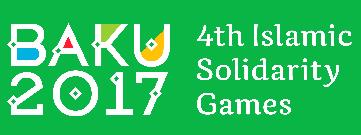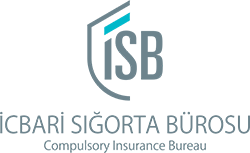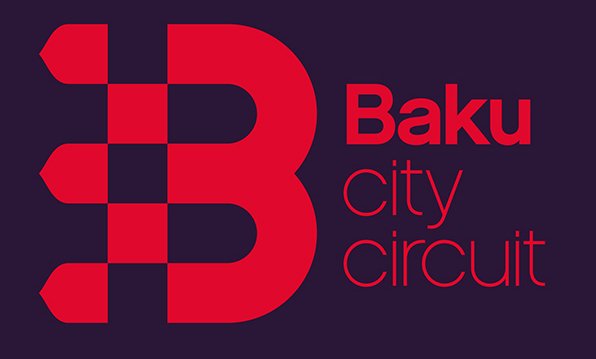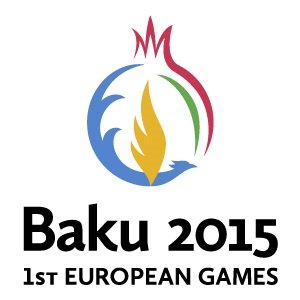Barcode is a sequence of black and white stripes representing some information in a form that is convenient for reading by technical means. The information contained in the code can be printed in a readable form under the code (decryption). Barcodes are used in trade, warehouse accounting, librarianship, security systems, postal business, assembly production, document processing. In the world trade practice, the use of EAN symbol barcodes for marking goods is acceptable. In accordance with the accepted procedures, the manufacturer of the product applies a barcode formed using the country of the manufacturer's location and the manufacturer's code. The manufacturer's code is assigned by the regional branch of the EAN International organization. This registration procedure makes it possible to exclude the possibility of the appearance of two different goods with the same codes.
There are various information coding methods called as (the barcode encodings or symbols). There are linear and two-dimensional barcode symbologies.
In contrast to two-dimensional barcodes, the linear (conventional) ones are called as the barcodes readable in one direction (horizontally). The most common linear symbols are EAN, UPC, Code39, Code128, Codabar, Interleaved 2 of 5. The linear symbols allow encoding a small amount of information (up to 20-30 characters - usually numbers) with simple barcodes readable by inexpensive scanners. The example code of the EAN-13 symbol is as follows:
The two-dimensional barcodes are the symbols designed to encode a large amount of information (up to several pages of text). Two-dimensional code is readable by a special scanner of two-dimensional codes and allows to quickly and accurately enter a large amount of information. Decoding of such code is carried out in two dimensions (horizontally and vertically). Datamatrix, DataGlyph, Aztec.
The barcode can be applied upon the production of packaging (printing) materials, the self-adhesive labels printed by special printers may be used for such purpose.
To read the barcodes, the special devices called as the barcode scanners are used. The scanner lights up the barcode with its illuminator and reads the resulting image. After that, it determines the presence of the black bars of the barcode in the picture. If the scanner doesn't have a built-in decoder (the barcode decoding unit), the scanner shows a series of signals corresponding to the width of the black and white bars to the receiver. The decoding of the barcode must be performed by a receiver or an external decoder. If the scanner is equipped with an internal decoder, this decoder decrypts the barcode and transmits the information to the receiver (a computer, a cash register, and etc.) in accordance with the signals of the interface defined by the scanner model.
Decoding the barcode. The information on some of the most significant parameters of the product is encrypted by the barcode. The most common are the UPC American Universal Product Code and the EAN European coding system. The most common EAN / UCC product numbers are EAN-13, EAN-8, UPC-A, UPC-E and the ITF-14, 14-bit transport packing code. There is also a 128-bit UCC / EAN-128 system. According to this or that system, each type of product is classified by its own number consisting mostly of 13 digits (EAN-13).
Let's consider, for example, the numeric code: 4820024700016. The first two digits (482) indicate the country of origin (manufacturer or seller) of the product, the next 4 or 5, depending on the length of the country code (0024) - the manufacturer, next five (70001) - the name of the product, its consumer properties, size, weight, colour. The last digit (6) is the check digit used to check the correctness of the stroke reading by the scanner. EAN - 13:
1 - The code of the country.
2 - The code of the manufacturer.
3 - The code of the product.
4 - The check digit.
5 - The sign of the product manufactured under license.
The example of calculating the check digit for determining the authenticity of a product
1. Sum up the numbers standing in even places: 8+0+2+7+0+1=18
2. Multiply the sum by 3: 18x3=54
3. Sum up the numbers standing in odd places, without the check digit: 4+2+0+4+0+0=10
4. Sum up the numbers mentioned in clause 2 and 3: 54+10=64
5. Throw off the tens: we get 4
6. Subtract the value obtained in clause 5, from 10: 10-4=6
If the figure received after calculation does not coincide with the check digit in the barcode, it means that the goods are produced illegally.
Two or three signs are assigned for the country code, and four or five are for the enterprise code. The goods of large size can have a short code consisting of eight digits - EAN-8.
As a rule, the country code is assigned by the International Association of EAN. We draw the attention of consumers to the fact that the code of country is never a single digit. Sometimes the code printed on the label does not match the country of the manufacturer declared on the package, and it may be caused by several reasons. The first is that the company was registered and received the code not in its own country, but in the one where the main export of its products is oriented. The second is that the goods were manufactured at a subsidiary enterprise. The third is the possibility that the goods were manufactured in one country, but under the license of a company from another country. The fourth is that several companies from different countries become founders of the enterprise.
The table the barcodes of the countries in the "EAN" system


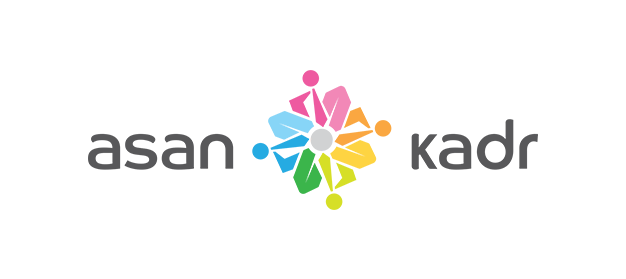
.png?v=DqKtbngFu8-eBM77oNP77E2SV2gNF4_tUk0Y9IcK12s)


